New Species of 2021
In 2021 Plazi provided access to the taxonomic treatments and figures of 8848 new species, 647 new genera and 27 new families discovered as part of 11391 changes in taxonomic status in 2021, published in 4420 articles from 95 journals. Here we present a small selection of 12 spectacular species with links to their complete taxonomic treatment. Since we can only protect what we know, we want people to have free access to taxonomic data, always and everywhere.
Solmaris flavofinis Schuchert & Collins, 2021
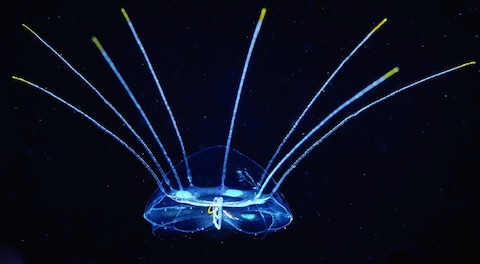
During 75 night-time dives in the Gulfstream off Florida, 46 species were identified and six newly discovered species were described. One of them is Solmaris flavofinis, a hydromedusa named for its yellow-tipped tentacles. (BioOne) Full Treatment
Gypogyna mexicana Ruiz & Bustamante, 2021
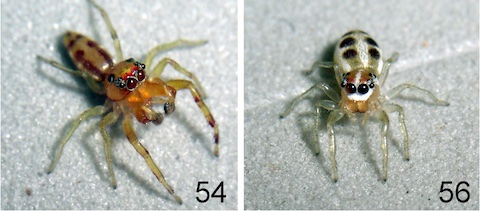
The holotype of the jumping-spider Gypogyna mexicana was found in Jalisco, Mexico in 2014 and is now deposited in the Spencer Entomological Museum of the University of British Columbia. (Zootaxa) Full Treatment
Ghatiana rouxi Pati & Thackeray, 2021
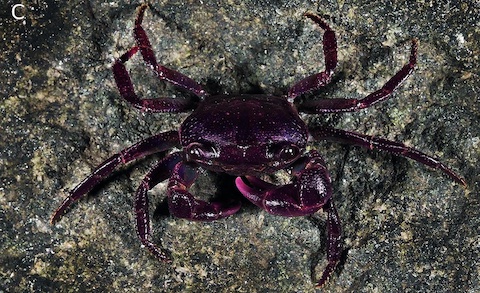
This deep purple freshwater crab was found among four other newly discovered freshwater crabs in the Western Ghats of Goa and Karnataka, India. It is named after the Swiss zoologist, Dr. Jean Roux. (Zoosystema) Full Treatment
Enyalioides feiruzae Venegas, Chávez, García-Ayachi, Duran & Torres-Carvajal, 2021
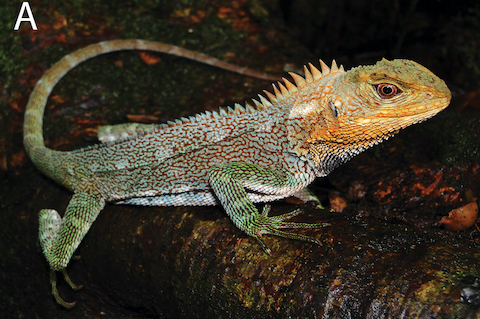
In the Río Huallaga basin in central Peru a colorful wood lizard was newly discovered and named after Feiruz, a green iguana owned by Catherine Thomson that figured as her muse and lifelong friend. (Evolutionary Systematics) Full Treatment
Danionella cerebrum Britz, Conway & Rüber, 2021
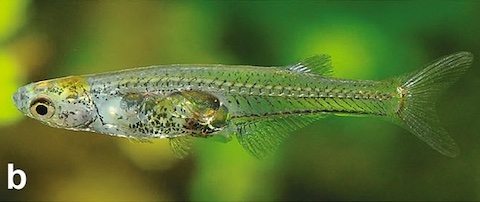
The brain of the transparent fish Danionella cerebrum has already been well studied even before it was known as a separate species, because it was mistaken as Danionella translucida Roberts, 1986, which looks externally almost identical. Danionella cerebrum has the smallest adult brain among vertebrates. (scientific reports) Full Treatment
Rubus longistipularis Espinel-Ortiz & Romol, 2021
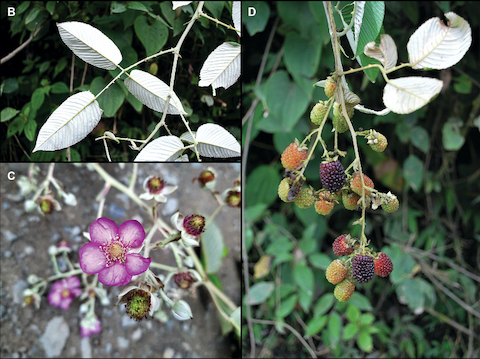
In the western Andes of Ecuador a new blackberry was discovered: Rubus longistipularis. Its magnificent flowers have deeply concave, pink petals with fuchsia borders. (PhytoKeys) Full Treatment
Brighstoneus simmondsi Lockwood, Martill & Maidment, 2021
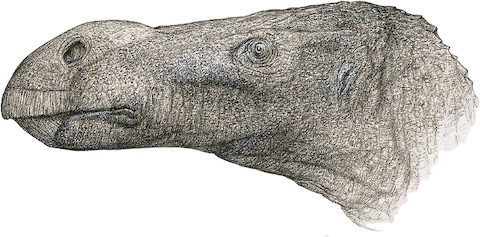
On the Isle of Wight, UK, a sensational new species has been discovered which has been extinct for a long time. Brighstoneus simmondsi is a dinosaur that lived in the Lower Cretaceous, and belongs to a newly described genus. (Journal of Systematic Palaeontology) Full Treatment
Octopus djinda Amor, 2021

On three shallow-water locations off southwest Australia, 25 individuals of a newly described octopus were found. Even though this species was regularly caught by fishermen, it wasn’t known to be a separate species. Djinda means star in the Nyoongar language. (Zootaxa) Full Treatment
Callogobius falx Fujiwara, Suzuki & Motomura, 2021
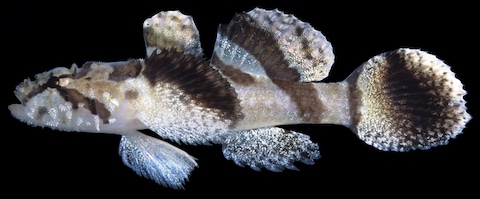
The holotype of Callogobius falx was purchased at a local aquarium shop at Ishigaki Island, Japan. Its distribution ranges from southern Japan to the Philippines. (Zootaxa) Full Treatment
Eumillipes persephone Marek, 2021
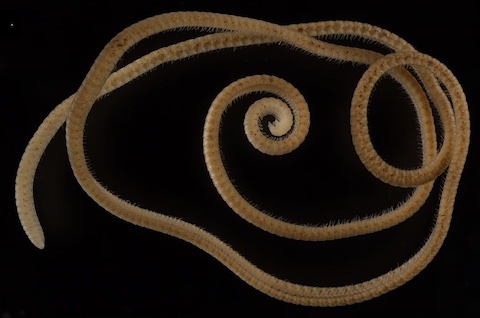
In a drill hole in Western Australia, 60 meters below ground, the first true millipede was discovered. ‘Eu’ means ‘true’ in Greek, ‘millipes’ is a combination of the Latin words for ‘thousand’ and ‘foot’; the name refers to the fact that it’s the first species that really has more than 1000 legs, 1,306 to be exact! (scientific reports) Full Treatment
Hiperantha pikachu Pineda & Barros, 2021
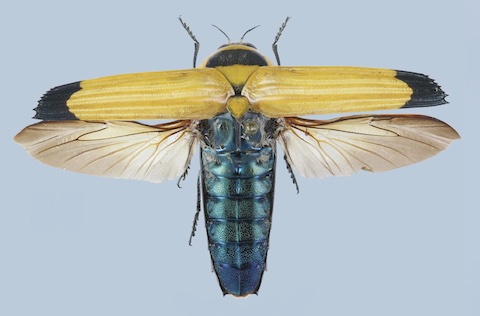
Pokémon are not the only creatures that mimic existing species, it also works the other way around: Due to similarities of the wings of Hiperantha pikachu with the ears of Pikatchu, the newly discovered jewel beetle is named after the Pokémon. (Zootaxa) Full Treatment
Gephyromantis marokoroko Hutter, Andriampenomanana, Andrianasolo, Cobb, Razafindraibe, Abraham & Lambert, 2021
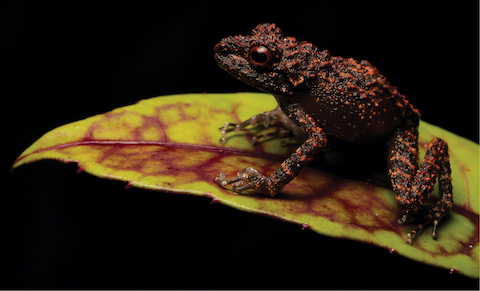
The skin texture gave this newly discovered forest frog its name: ‘Marokoroko’ is a Malagasy word meaning ‘rugose’ or ‘rugged’. It can be observed in the mid-altitude rainforest near Andasibe, Madagascar. (Zoosystematics and Evolution) Full Treatment
